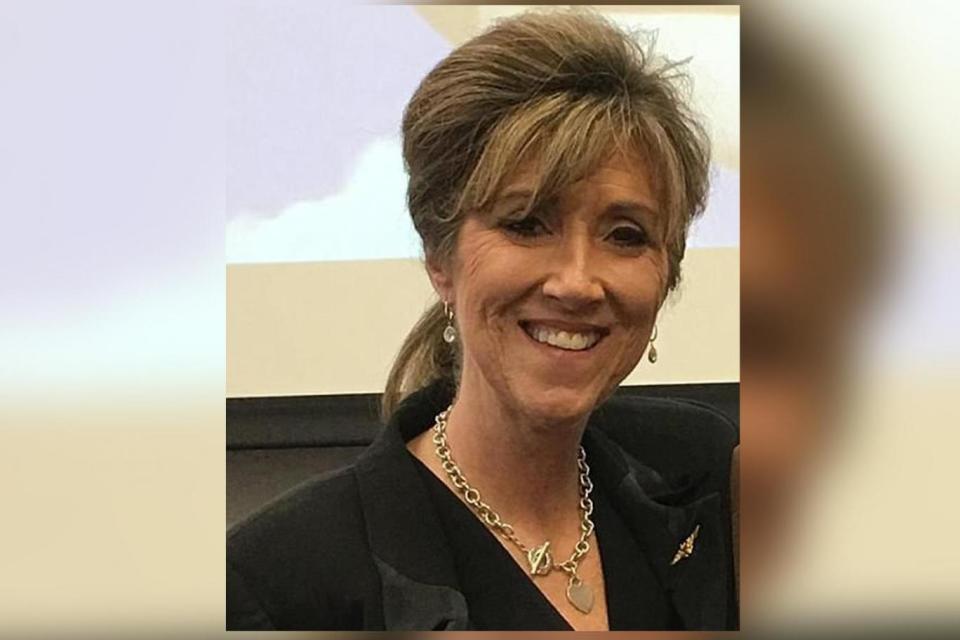Jennifer Riordan: Mother almost sucked of window on Southwest Airlines flight died of blunt trauma to head, neck and torso

A mother who was partially sucked out of a window on a Southwest Airlines plane died from a blunt impact trauma to her head, neck and torso, a Philadelphia medical examiner said.
Jennifer Riordan, 41, from Albuquerque, was killed after almost being sucked out of the aircraft when an engine exploded and caused shrapnel to smash one of the windows.
Ms Riordan was killed by blunt impact trauma to her head, neck and torso and her death was ruled accidental, according to James Garrow, spokesman for the Philadelphia Department of Health.
Her death generated an outpouring of grief and public sympathy from Albuquerque business leaders, state elected officials, writers and activists - all who portrayed Riordan as gracious and selfless.

"Jennifer's vibrancy, passion, and love infused our community and reached across our country," her family said.
"Her impact on everything and everyone she touched can never be fully measured. But foremost, she is the bedrock of our family."
US airline regulators have now ordered inspections on engine fan blades like the one that snapped off the Boeing 737 plane after the engine blast at 32,000ft on Tuesday.

The plane, which was headed from New York to Dallas, made an emergency landing in Philadelphia and was steered to safety by pilot Tammie Jo Shults, who was one of the first female fighter pilots in the US Navy.
The Federal Aviation Administration’s announcement late Wednesday comes nearly a year after the engine’s manufacturer recommended the additional inspections.
Investigators said a blade that broke off mid-flight and triggered the fatal accident was showing signs of metal fatigue – microscopic cracks that can splinter open under the kind of stress placed on jetliners and their engines.
The National Transportation Safety Board also blamed metal fatigue for an engine failure on a Southwest plane in Florida in 2016.
The incident lead manufacturer CFM International, a joint venture of General Electric Co. and France’s Safran SA, recommended last June that airlines conduct the inspections of fan blades on many Boeing 737s.
The FAA proposed making the recommendation mandatory in August but never issued a final decision.
On Wednesday, the FAA said it would issue a directive in the next two weeks to require ultrasonic inspections of fan blades on some CFM56-7B engines after they reach a certain number of take-offs and landings. Blades that fail inspection need to be replaced.
It is not yet clear how many planes would be affected.

Southwest announced its own program for similar inspections of its 700-plane fleet over the next month, while United Airlines executives said yesterday that they had begun inspecting some of their planes.
Southwest CEO Gary Kelly protested that it is too soon to say whether Tuesday's accident is related to any other engine failures.
Kelly said the plane was inspected on Sunday and nothing appeared out of order.
A spokeswoman said it was a visual inspection and oil service of the engines.

 Yahoo News
Yahoo News 
